As Business Development Manager for an aerial firefighting fire suppressant made in Australia I was investigating opportunities to see where our company’s product could be integrated into an agency’s fire program. A colleague suggested I make contact with Northern Air Operations of the Saskatchewan Government in Canada.
The chance to visit Saskatchewan’s operations came up recently and through Forrest Pocha I bundled my gear for a whirlwind visit to La Ronge about 250 miles north of Saskatoon. Knowing very little about the landscape of Saskatchewan I thought this would be a new adventure for me. I was told only 2 things, 1. the mosquitoes are big; 2. you can watch your dog run away from home for a week because the land is that flat!
I knew this trip would be different as when the boarding announcement was made, myself and one other assembled at the loading door.
As we departed I noticed one thing from the air. It was very green and the further north we flew the greener the landscape became. I thought to myself why do they have an aerial firefighting program when it so green? As we came into Prince Albert for a stop to pick up passengers I was blown away how wet is was as well. Despite this there was an active airbase at Prince Albert with a fleet of 3 radial engine S2s with a Baron birdog aircraft. Looking at how green it is in Australia I would be thinking we could use these aircraft in about 6 months!
- As we took off from Prince Albert I was scratching my head about the fire hazard in these lands. After a half an hour there was a dramatic change of landscape. Before there was nothing but farm lands with the occasional patch of forest, but now there was continuous forest as far as the eye could see with numerous and very large lakes. Roads were very few and far between. I suddenly realized I was in a very different fire environment and could start to comprehend the importance of the use of skimmers or scoopers in this environment. However in such a remote landscape it will still was difficult to understand the operational application.
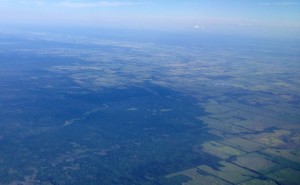
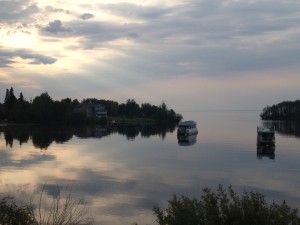
- I arrived in sleepy La Ronge, a small town of about 2600 people I thought in the middle of this vast forest but it was still basically flat. Forrest of Northern Air Operations met me and then we proceeded to go to dinner at a local diner, then Forrest was called out to undertake air attack on a fire on the outskirts of town.
- I met Forrest the next morning to have a look at their facilities and airbase at La Ronge airport. To my surprise there was large infrastructure in place to support air operations here. La Ronge is the main engineering and administrative base for Saskatchewan air ops with some 135 people employed by the Government to support this role across the Province. In addition a fixed wing base of Convairs and Canadairs was at the airport as well as helicopter operations at the local fire coordination center. I attended a comprehensive and interactive briefing and meteorological forecast for the Province to make me realize the extent and scale of fire operations. Forrest showed me how the fire response has been prioritized and the fire history shows all significant fires occur north of the 53rd parallel.
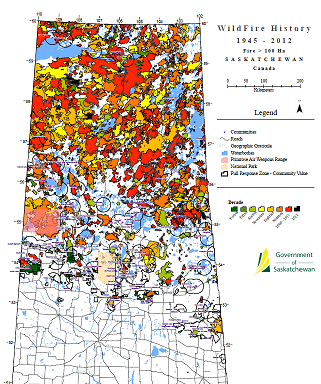
- The aerial fire response is about protecting communities, protecting forest and mining assets and indigenous lands. Although much of the landscape seemed to be oozing water, the Black Spruce forests were the major concern due to their flammability and ability to sustain fire even if the ground is wet.
- The aircraft used matched the scale and distances involved and although quiet at the time of my visit in mid-July, air support in Convairs was being provided to operations in Montana USA. A couple of Convairs and a number of Canadair CL215s were based at La Ronge. Canadairs were both radial and converted turbine CL215Ts.
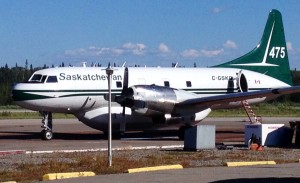

- It was an impressive and fascinating operation to visit and gave me a totally different perspective on how you interpret wildfire risk and hazard, and how operations can vary from landscape to landscape. I would like to personally thank Forrest Pocha and the team in La Ronge for their hospitality and shared insight into the fire problem in central Canada.




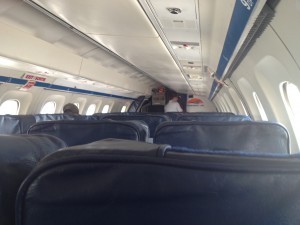
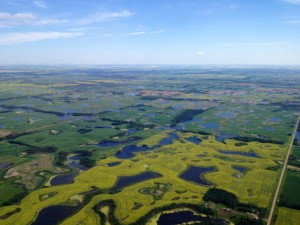


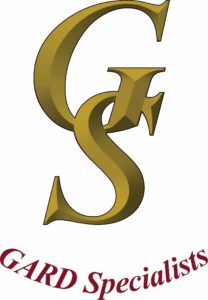




Speak Your Mind
You must be logged in to post a comment.